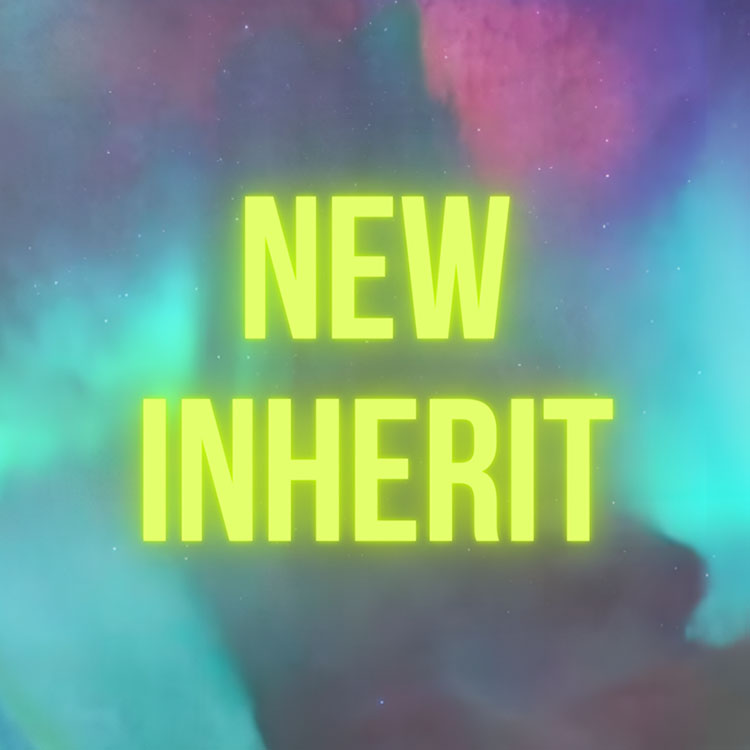How do we adapt our built heritage to the needs of tomorrow?
The NEW INHERIT’s team report and analysis about institutional framework, аnalysis of the current state and ongoing initiatives.
Belgium I Bulgaria I Cyprus I Germany I Italy I Spain


About the report
This project is co-funded by the CREATIVE EUROPE Programme of the European Union. Funded by the European Union. Views and opinions expressed are however those of the author(s) only and do not necessarily reflect those of the European Union or European Education and Culture Executive Agency. Neither the European Union nor the granting authority can be held responsible for them.
Authors
Belgium (Urban Foxes):
Bram Dewolfs
Bulgaria (Gradoscope, New Architecture Heritage):
Daiana Nikolova, Nevena Germanova, Adriyana Mihaylova, Ina Valkanova, Pavel Yanchev
Cyprus (Emphasys Centre):
Andrianna Georgiou, Chrystalla Thrasyvoulou, Demetra Orthodoxou, Nicholas Moudouros, Athos Charalambides
Germany (CGI Erfurt):
Ammalia Podlaszewska, Carla Molteni, Robert Nesirky, Zafar Saydaliev
Italy (Squadri Urbani):
Antonio La Barba, Luisa Tuttolomondo, Lucrezia Mannino
Spain (Municipality of Murcia):
Amber Kay, Jesús de la Peña
List of abbreviations
Abbreviation | Meaning |
ARCH | Adaptive reuse of cultural heritage |
CGE | Culture Goes Europe |
D5.1 | Deliverable 5.1 |
EACEA | European Education and Culture Executive Agency |
EC | European Commission |
EU | European Union |
GA | Grant Agreement |
GID | Gradoscope |
KoM | Kickoff Meeting |
M12 | Month 12 |
ME | Multiplayer Event |
O5.1 | Objective 5.2 |
PCs | Program Countries |
PPs | Project Partners |
T5.1 | Task 5.1 |
WP | Work Package |
UF | Urban Foxes |
YEU | Youth for Exchange and Understanding |
Abstract
Cultural space activation is a part of the larger framework of adaptive reuse of cultural heritage (ARCH) policies and practices. ARCH has different political, legal and practical bases and hence different operational modes (“how things are done”) in different contexts. The report looks through different lens and axis: the one of heritage protection, its scope and the levels that it operates in different countries, through different power and institutional structures that work (or not) in the field, through different possibilities of funding and synergies potential, through opportunities for business models and job creation, through possibilities of community engagement. All these aspects have been described in an extensive report in three different chapters: (1) policy and legal framework overview of the field of ARCH, (2) focus group discussion between different actors, engaged theoretically and practically with the topic and (3) brief description of 15 observatory cases of projects that have been realised or developed in the six different country contexts.
Acknowledgements
This project is co-funded by the CREATIVE EUROPE Programme of the European Union. Funded by the European Union. Views and opinions expressed are however those of the author(s) only and do not necessarily reflect those of the European Union or European Education and Culture Executive Agency. Neither the European Union nor the granting authority can be held responsible for them.
Content
1. Introduction
1.1. The (re)use of heritage
1.2. Adaptive reuse of cultural heritage today
1.3 Methodology and structure
2. Policy and Regulations
2.1 Main Laws and Regulations
2.2 Concept of Heritage
2.3 Protection Statuses and Flexibility
2.4 Encouraging Risk and Flexibility
2.5 Regulatory Initiatives and Institutional Actors
2.6 Regulation Change Initiatives
2.7 Institutional Actors and Policies
2.8 Integrated Planning and Strategy Integration
2.9 Overlapping Mechanisms and Systematic Controversies
3. Funding and Resources
3.1 Available Funding Programs
3.2 Non-Heritage, Crowdfunding and Community Initiatives
3.3 Private and Non-Heritage Funding
3.4 Incentives and Resource Allocation
4. Green Transition Practices
4.1 Climate Change Mitigation and Environmental Policies
4.2 Life Cycle Analysis and Innovations
4.3 Green Skills and Job Creation
4.4 Innovations in Green Practices and Jobs
5. Public Participation and Engagement
5.1 Engagement of Actors and Organisations
5.2 Civic Engagement and Legal Support
5.3 Legal and Informal Engagement Instruments: Governance and Partnership Models
5.4 Communication and Multi-Stakeholder Activities
5.5 Resourcing Engagement
6. Capacity and Innovations
6.1 Expertise and Innovative Models
6.2 Access to Experts and Common Professions
6.3 Expertise, Knowledge, and Cultural Skills
6.4 Innovative Models and Entrepreneurship
6.5 Institutional and Corporate Support
6.6 Involvement of Cultural and Creative Sectors
6.7 Support for Green Skills and Employment
6.8 Recruitment of Young Professionals
6.9 Research and Guidance
6.10 Training and Capacity Building
6.11 Institutional Support and Capacity Building
7. Insights
Belgium
La Tricoterie
Circularium
Maniak Padoue
Mona
Beurs/Bourse
Be Here
Buda
De Hoorn
KANAL
Sint Jacobskerk
Spirito
House of Compassion
Porta 1070
Les Brigitinnes
De Hannekesnest
Bulgaria
Freight Station
Buzludzha
Toplocentrala
Central Market Hall
National Palace of Culture
Rivers of the City
Varusha South
Boyana Church
Sharena Fabrika
Trakia microrayon, Plovdiv
Banya Starinna/ the Ancient Baths, Plovdiv
Ancient City of Nessebar
Christo and Jeanne-Claude Centre
Thracian Royal Tomb in Sveshtari
ReBonkers
Cyprus
Carob Mill Museum
Saint Barnabas Monastery
Panayia Stazousa Church
Kourion Archaeological Site
Tombs of the Kings
Choirokoitia Archaeological Site
Nicosia Old Aqueduct
Kolossi Castle
Paphos Castle
Kykkos Monastery
Odeon Amphitheatre
Ledra Palace Hotel
Skali Cultural Centre
ETKO Cultural Centre
Trakasol Cultural centre
Germany
OMA e.V
C*SPACE
Saline34
NudelFabrik
IBA – Eiermannbau Apolda
Uferhallen
KreativQuartier
Spinnerei
Zollverein Coal Mine Complex
Kunstkraftwerk
Schlachthof
Hafen 2
Westwerk
Kulturzentrum Schlachthof
Italy
Palazzo Castrofilippo
IMorticelli
Le serre dei giardini Margherita
Cascina Rocca Franca
Scugnizzo Liberato
Crezi.Plus
Ecomuseo mare memoria viva
Trame di quartiere
Big
Farm Cultural Park
Ex Fadda – Officine del sapere
Dumbo space
Spazio Nova